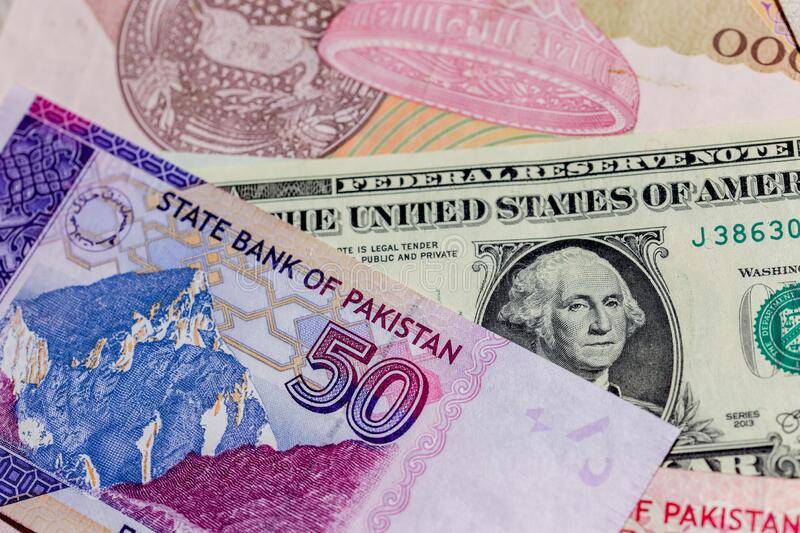
Currency devaluation is often viewed as an indicator of economic fragility and a catalyst for inflation. Nonetheless, it can also serve as a potent tool for bolstering exports and reducing trade deficits, as exemplified by the historical experiences of numerous countries. In recent years, successive rounds of devaluation have yielded modest pockets of improvement across various sectors, offering the prospect of an eventual economic turnaround for the Pakistani nation.
Pakistan's Real Effective Exchange rate, for instance, has seen a substantial decline from 123.7 in April 2017 to around 91 in June 2023. This decrease has enhanced the competitiveness of local businesses in both domestic and international markets, positioning them more favorably against cheaper imported goods. However, it is essential to acknowledge that certain cost factors, such as electricity expenses, have escalated significantly, not due to genuine cost increases but rather because of issues like theft and inefficiencies in the power sector. This has partially offset the benefits for some industries.
Industries where power costs constitute a smaller portion of overall sales have seen increased profit margins, leading to a redirection of capital towards these sectors in pursuit of profitability. When competing with imported products, local firms' selling prices tend to fluctuate in tandem with currency movements, while expenses like rent and labor remain relatively stable. This dynamic results in higher profit margins for local firms, both in the context of exports and domestic sales. Even when foreign buyers negotiate for lower prices following devaluation, overall production costs decrease, contributing to increased volumes.
Local firms do experience short-term challenges due to foreign currency exposure on imports and the time lag involved in adjusting prices. Nevertheless, over time, profit margins tend to expand. Labor-intensive industries have particularly benefited from devaluation, with Pakistan's garment exports, for instance, surging from 19.7 million dozen in 2HFY21 to an impressive 38.9 million dozen in 2HFY23. Similarly, footwear exports witnessed notable growth, increasing from 16.6 million pairs in FY21 to 18.8 million pairs in FY22 and further to 25.53 million pairs in FY23.
Despite the remarkable 40% and 35% increases in garment and footwear exports within just one year, Pakistan's economy is not yet positioned to fully capitalize on this enhanced competitiveness. Shifting resources from power-intensive sectors to labor-intensive ones is a gradual process, and the local economy may experience a period of sluggishness during this transition.
With half a million Pakistanis reaching the age of 18 every month, a significant proportion of whom lack formal education, the only immediate path forward, until power sector issues are resolved, is a concerted push towards labor-intensive manufacturing. Given the influx of new workers into the labor force each year, the competitive advantage that Pakistani entrepreneurs possess primarily hinges on the availability of low-cost labor. This becomes especially pertinent as minimum wages in China and Vietnam have surpassed those in Pakistan, leaving only Bangladesh significantly cheaper in terms of labor costs.
Policy makers must consider the labor cost in Bangladesh when determining minimum wages and also factor it into decisions affecting manufacturing input costs, such as wheat support prices. Moreover, female labor force participation in Pakistan remains alarmingly low, necessitating policy initiatives to address this issue. Implementing programs akin to the Benazir Income Support Program (BISP), where female factory workers receive government incentives of PKR 2,000 per month, could encourage the employment of more women in the workforce. This would not only increase overall productivity but also gradually reduce fertility rates, a vital demographic shift for the country.
While recent devaluation has rendered many businesses more viable by enhancing their competitiveness against foreign counterparts, import restrictions designed to stabilize the currency have hindered output growth and proven disastrous. It is important to recognize that markets function efficiently, and though devaluation may entail short-term challenges, it ultimately results in a more rational allocation of resources. Addressing issues in the power sector is paramount, particularly when industries are burdened with the cost of power theft perpetrated by households. Until these power sector challenges are resolved, Pakistan is likely to continue its shift towards labor-intensive manufacturing.
Pakistan has previously witnessed substantial devaluation followed by consistent industrial growth during the 1980s. The real effective exchange rate decreased from 194 in 1985 to 112 in 1991, coinciding with a rise in exports as a percentage of GDP from 8% to 14%. Historical evidence suggests that devaluation has been effective in the past and should remain a viable strategy moving forward, particularly given the limited alternatives available to the country.

